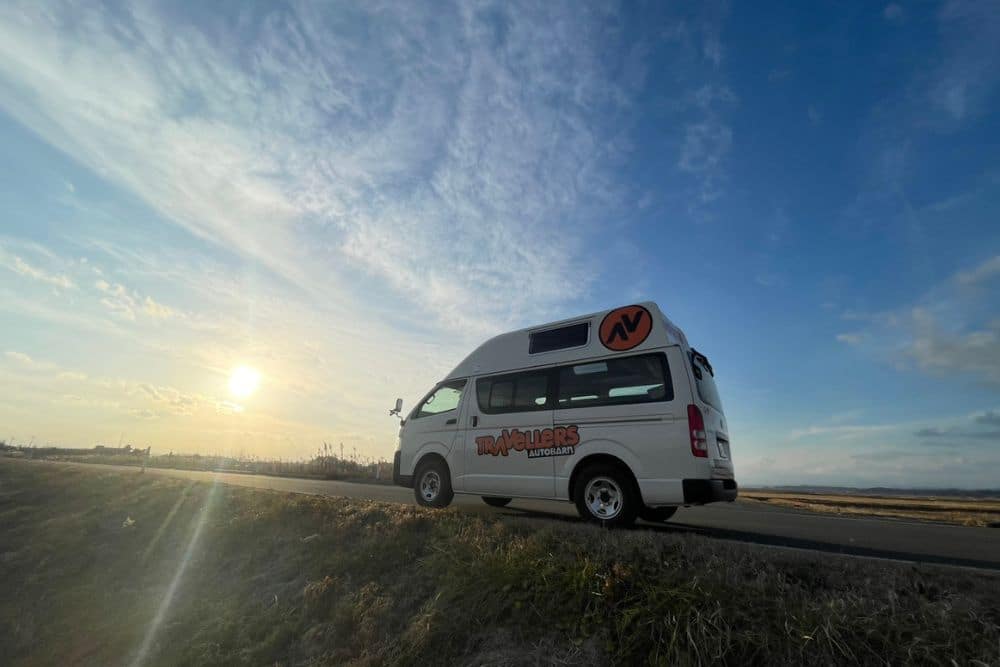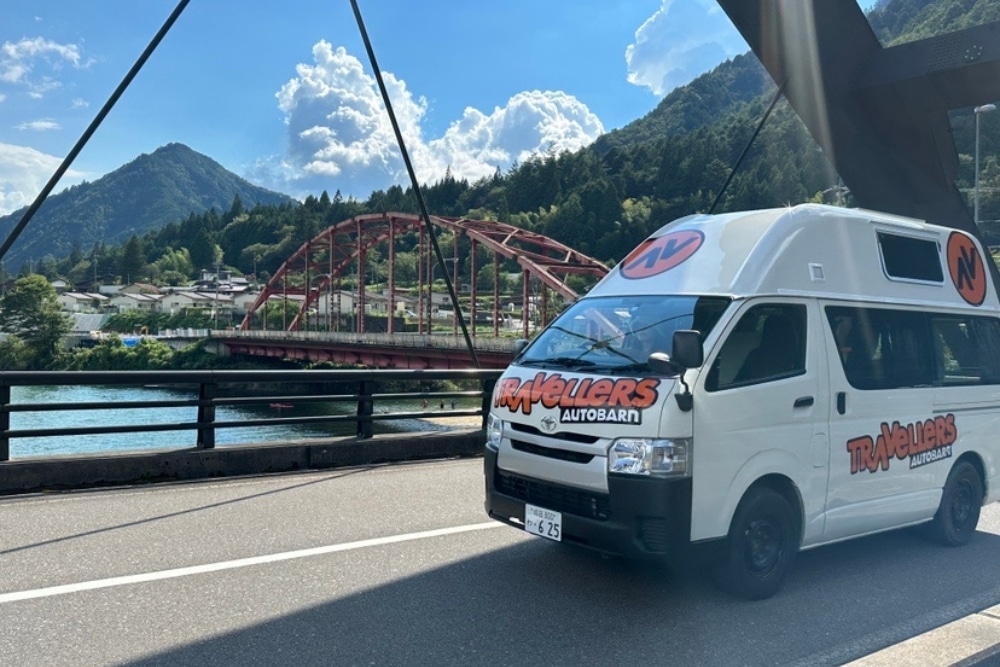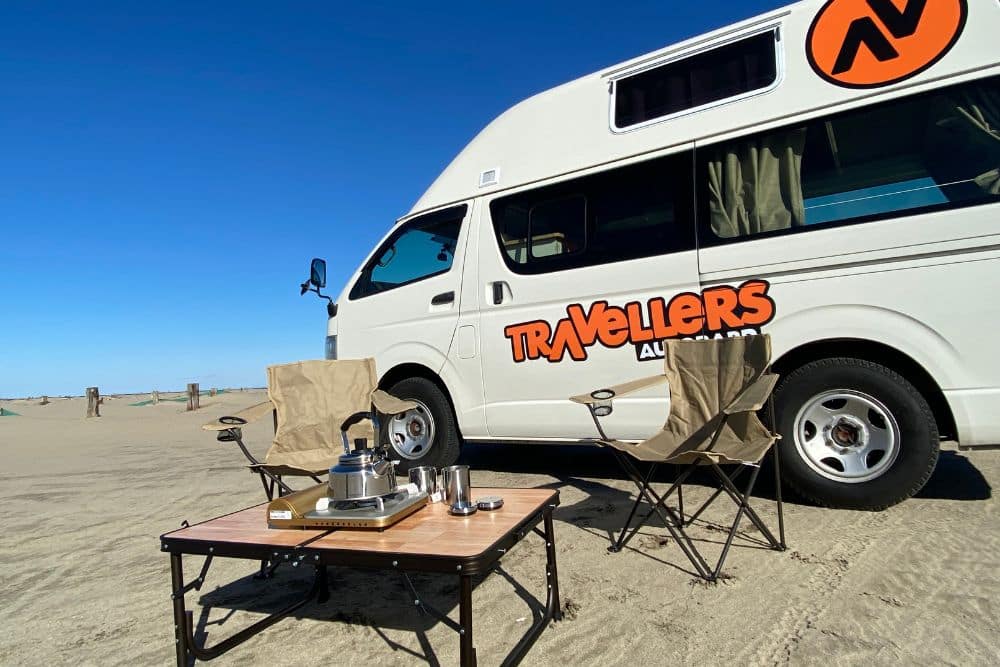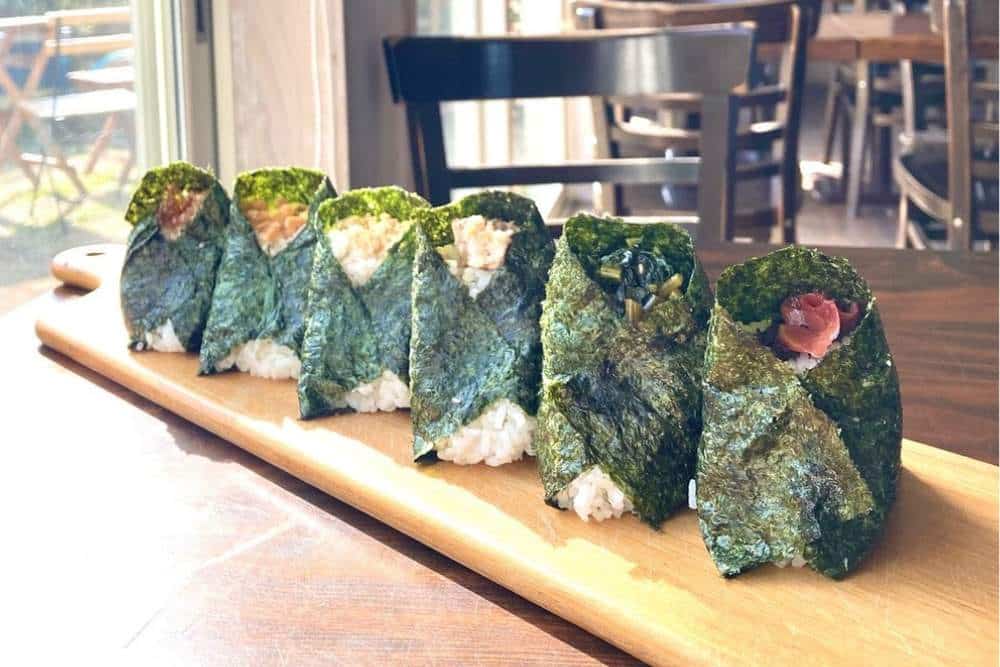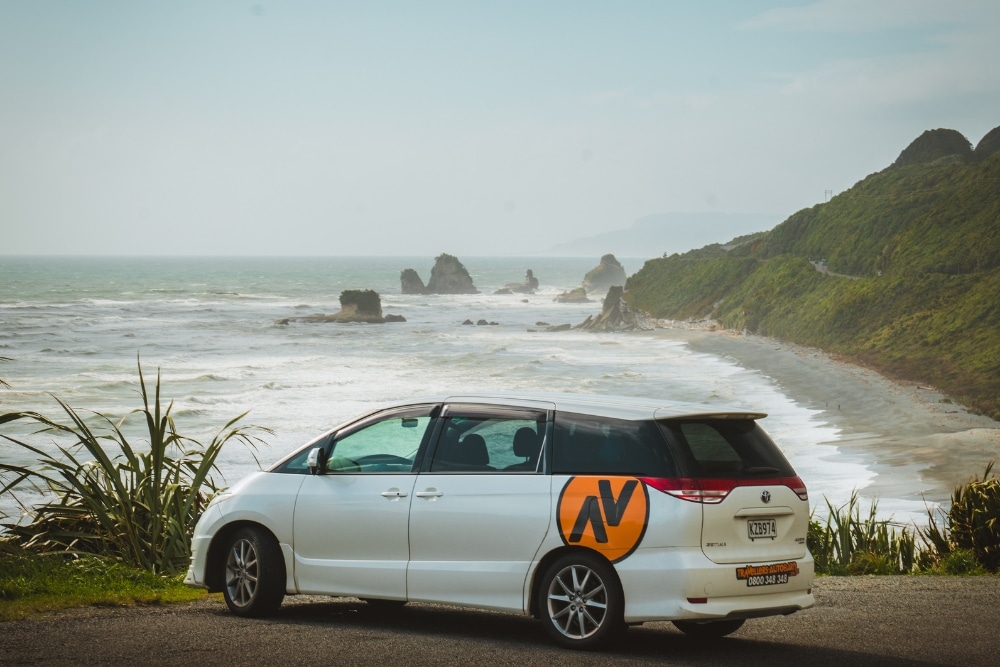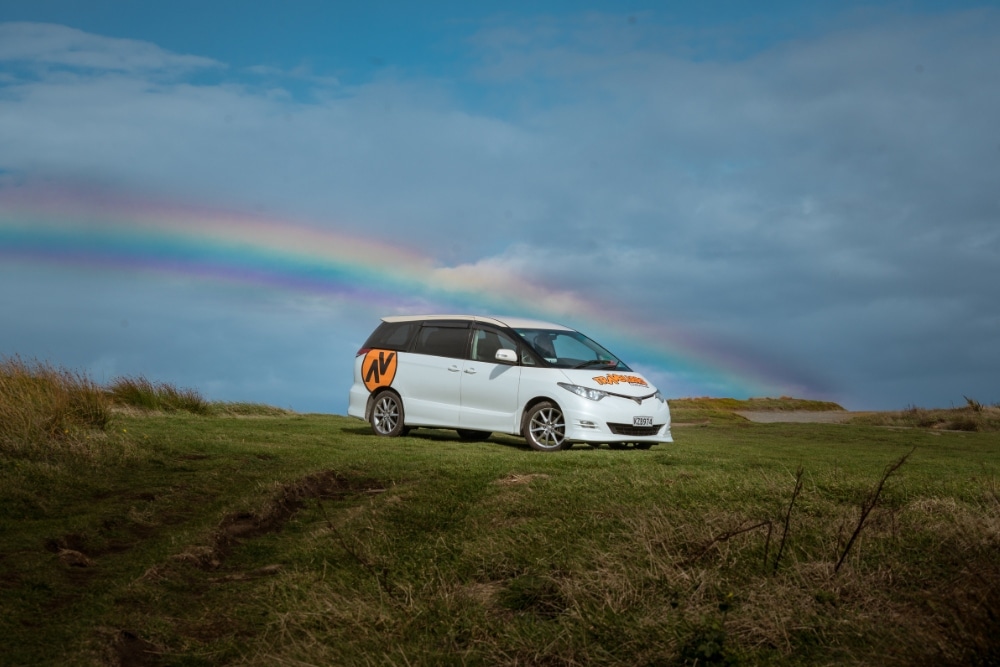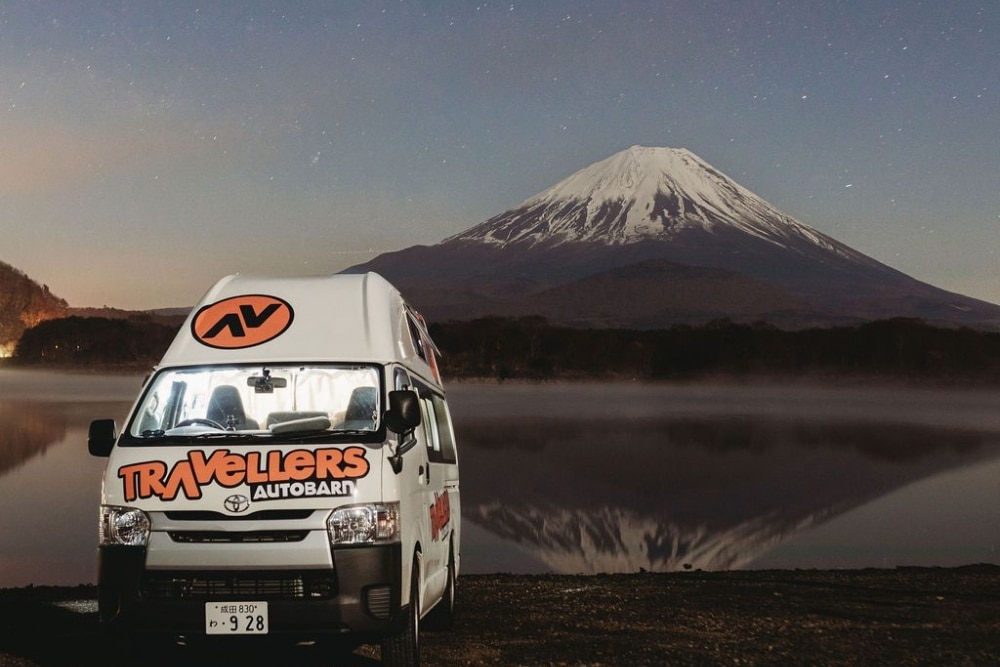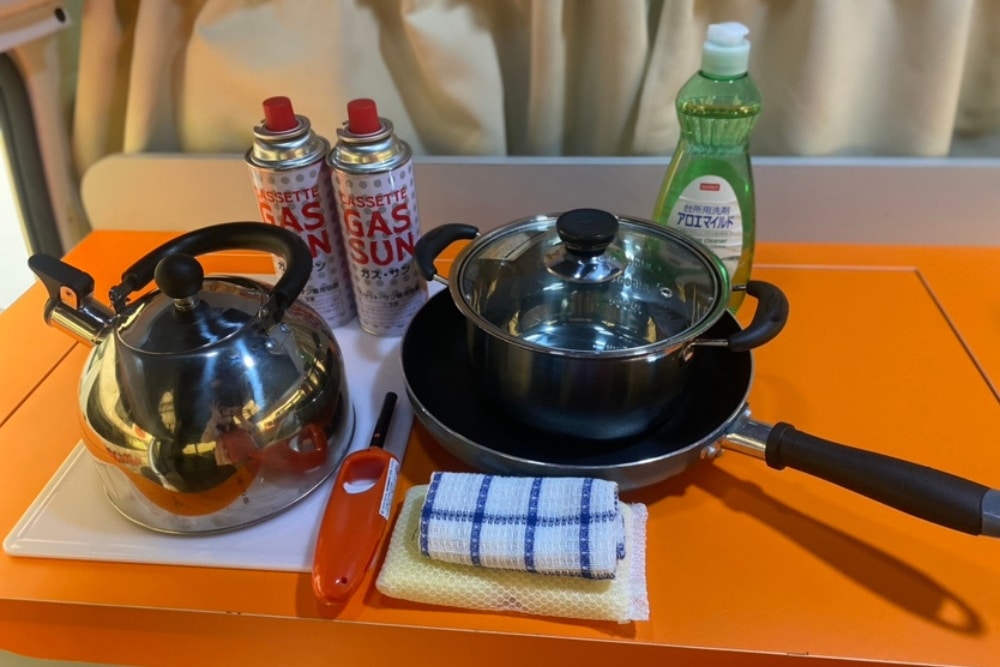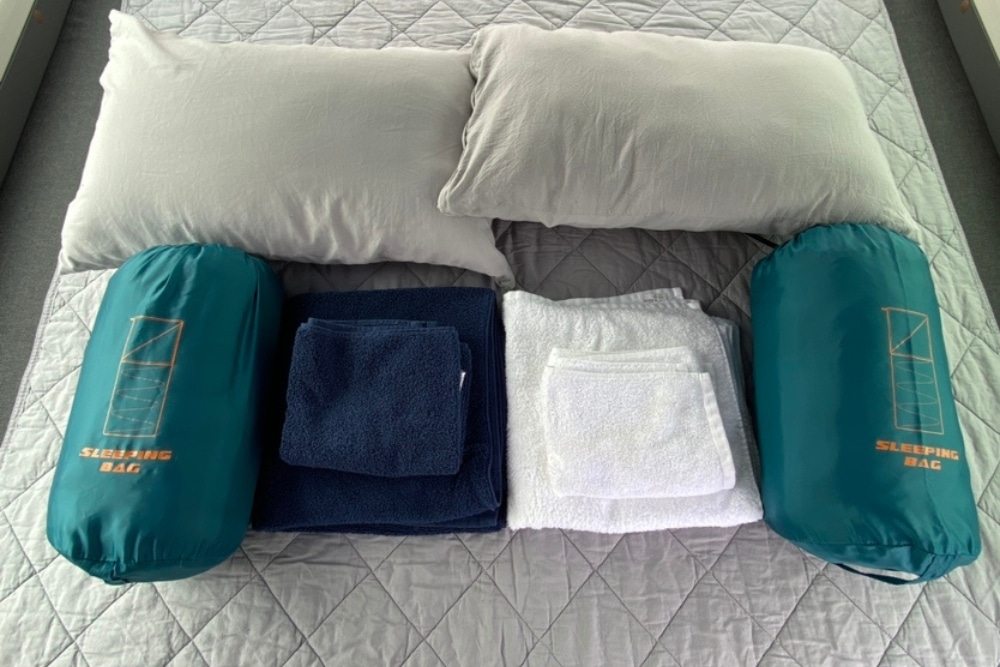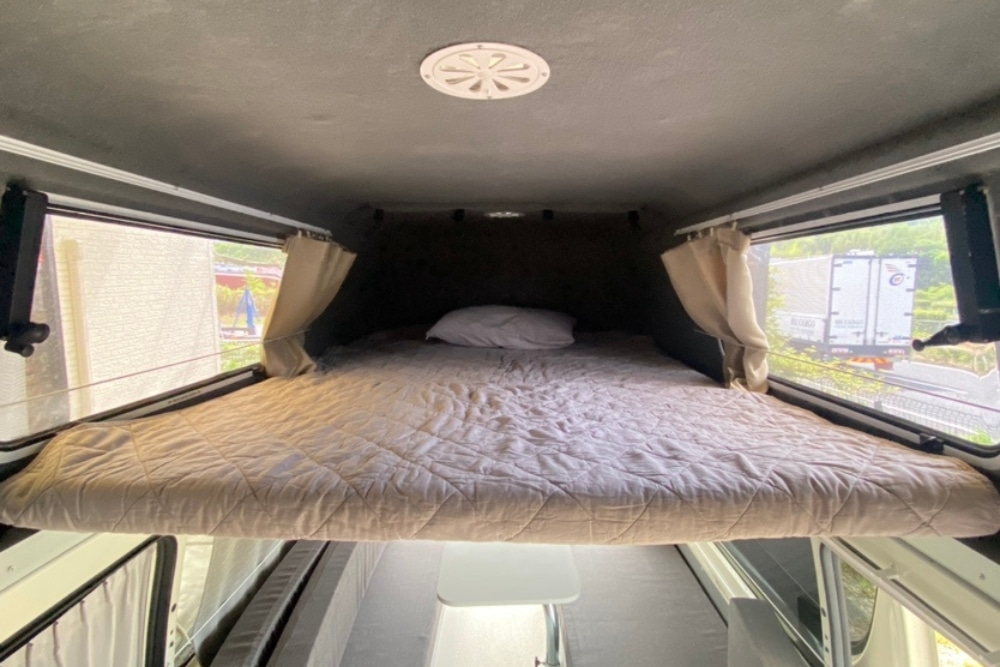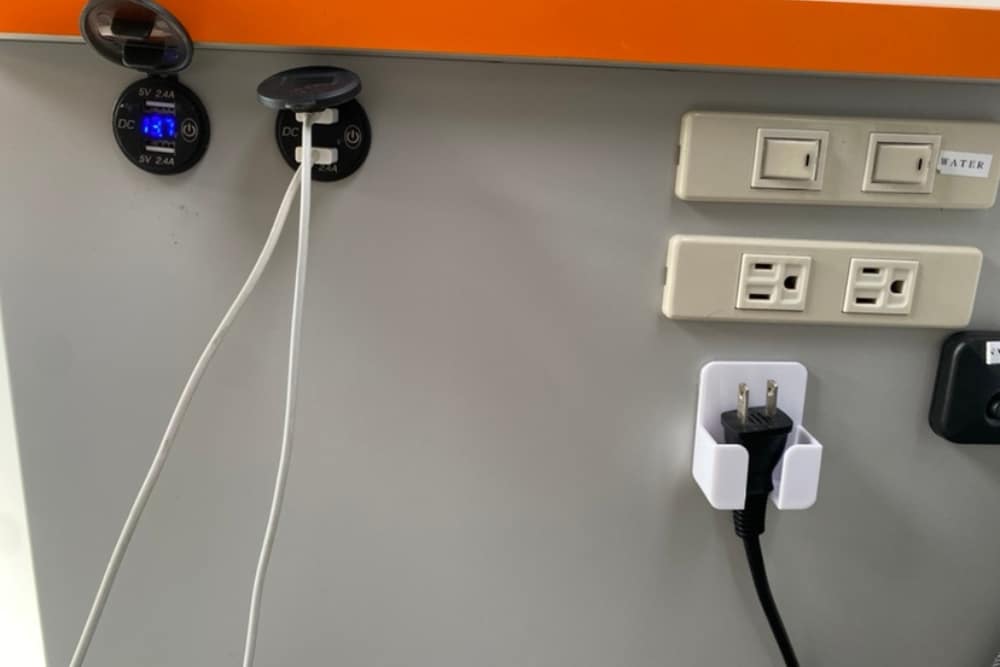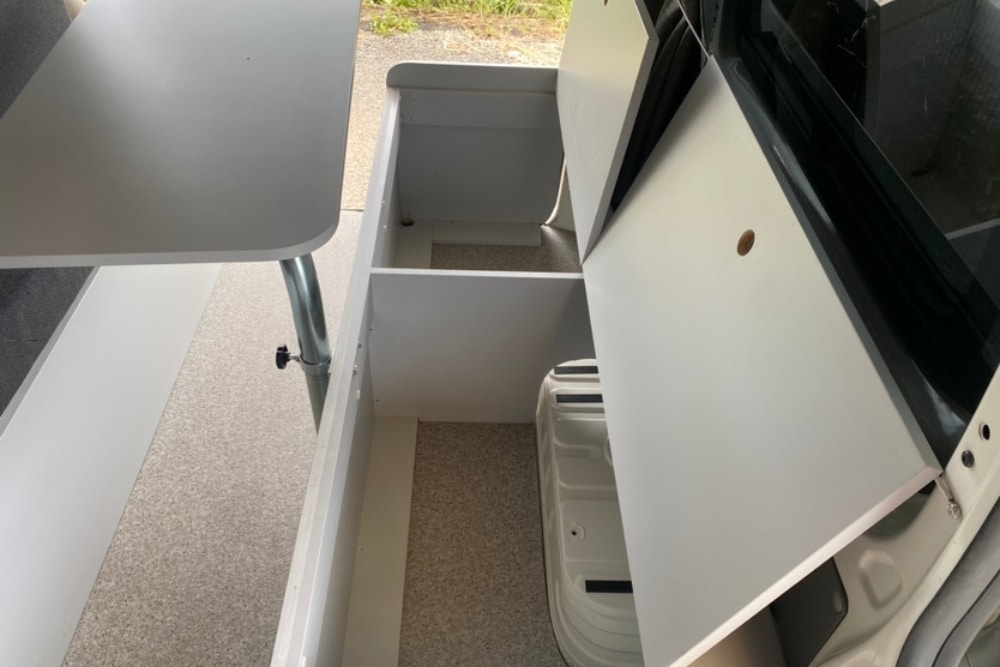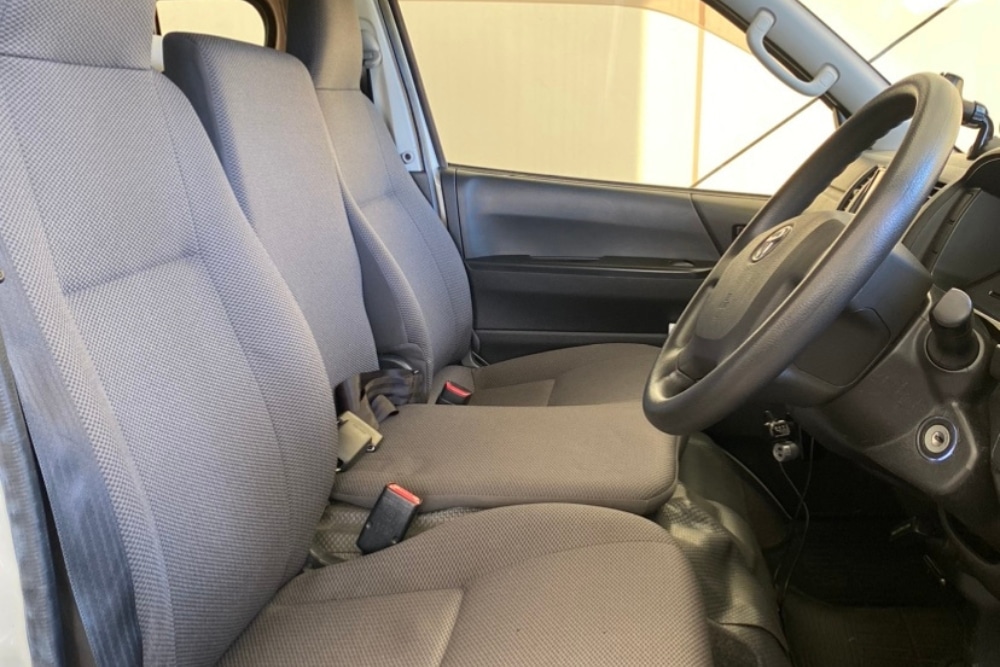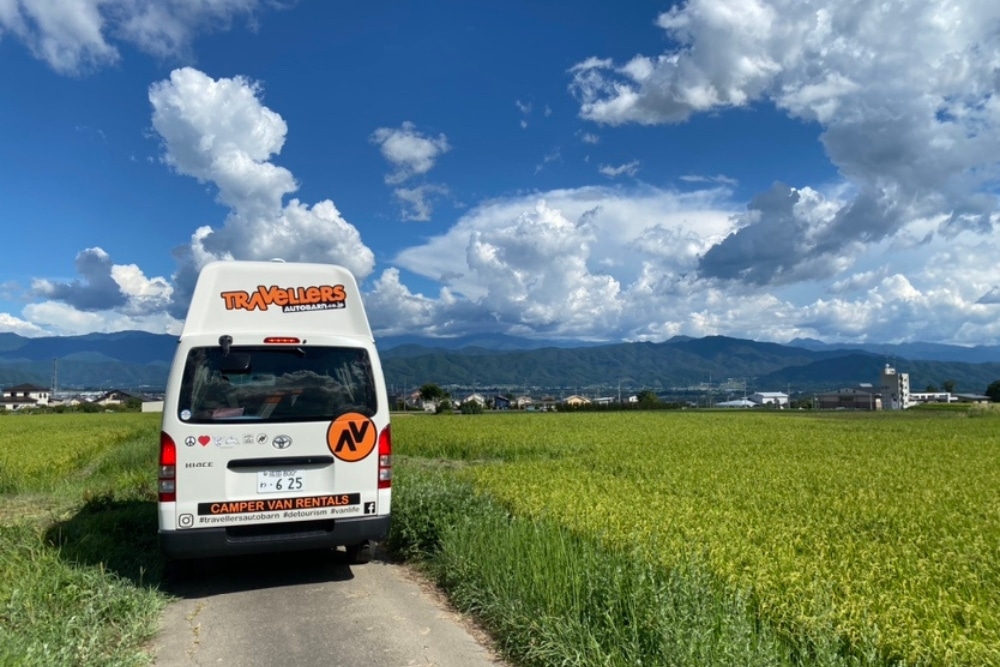If you have already visited a big city like Kyoto or Tokyo, why not immerse yourself in a more local experience next time? This time I am going to introduce Rural Areas of Japan: Tohoku, you should visit in a Campervan. Post-Covid, tourist numbers in Kyoto, Osaka, and Mt Fuji have soared, often making accommodation scarce seasonally. With a campervan, you not only don’t have to worry about accommodations, but you can also easily reach the great outdoors, which can be difficult to reach via public transportation!
Rural areas in Japan:Fukushima
Fukushima Prefecture is the first place to pass through on the way from Tokyo to the Tohoku region and Hokkaido. Fukushima Prefecture is a fascinating prefecture with a rich natural environment, as well as history and culture.
Bandai-san
Bandai-san is an active volcano with an elevation of 1,816 m, located in the north-central part of Fukushima Prefecture. Embark on a hike to the summit to enjoy a spectacular view of Lake Inawashiro and the surrounding countryside, if you are physically fit. You can also enjoy the tremendous vista via the ropeway, a convenient option for those with limited time or for individuals unable to hike. We also recommend camping around Lake Inawashiro. As for lakes, visit Lake Hibara, especially in autumn, to experience the surrounding mountains draped in vibrant autumn colors. This breathtaking view promises an unforgettable memory for those fortunate enough to witness it..
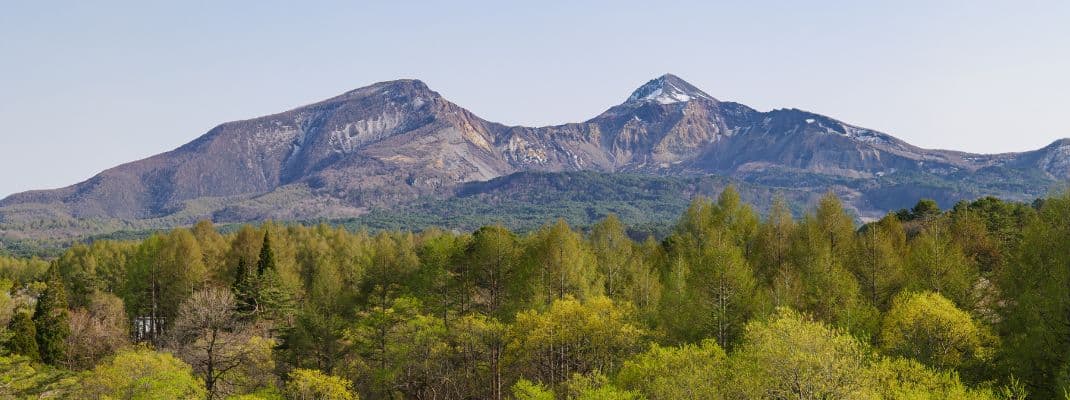
The Ebisu Circuit
The Ebisu Circuit – opened in 1988 adjacent to the Tohoku Safari Park, this is a driver’s playground. Nihonmatsu City’s venue offers diverse activities: racing, sports driving, and drifting on multiple tracks. Ebisu Circuit has six dedicated drifting tracks. For those who have seen drifting at events and films and want to try drifting themselves, there is also a drifting school! Prices are reasonable, and there are even programs such as a complete drifting lesson package where you rent a drift car and learn to drift.

A significant event to know about when visiting the Tohoku region is the earthquake and subsequent tsunami of March 11, 2011, simply known as the Great East Japan Earthquake. The Earthquake Disaster Legacy Facility opened in 2020 in Futaba Town, Fukushima Prefecture, which experienced an unprecedented complex disaster due to the TEPCO Fukushima Daiichi Nuclear Power Station accident. This informative center conveys the experiences and lessons of the nuclear disaster to people in Japan and abroad. The exhibition features a theatre, with seven screens, including one in the floor, showing footage of life before the disaster, the earthquake and tsunami, and the evacuation of residents following the nuclear accident. Their exhibition presents itself in chronological order, illustrating a sense of realism through the extensive use of photographs and video footage from various perspective. It showcases testimonies and memorabilia from individuals whose peaceful daily lives the nuclear accident abruptly disrupted, vividly expressing the sentiments of the prefecture’s people. The presentation concludes with an exhibition that considers the future of Fukushima, including reconstruction efforts.
Related Resource:Fukushima no tabi
Rural areas in Japan:Akita
This author’s favorite place to visit in the Tohoku region is Akita Prefecture. First of all, any time spent exploring the beautiful natural scenery and tranquil countryside is extraordinary. Akita Prefecture, less crowded and touristy than Tokyo-accessible Nagano and Nikko, offers a more tranquil experienceThis is why Akita and the rest of the Tohoku region is the best place for a relaxing trip in a campervan! Akita Prefecture, a nature lover’s haven, offers lakes, mountains, farms, ranches, and hot springs by the Sea of Japan.
Lake Tazawa
Lake Tazawa is almost circular and is surrounded by low-lying mountains. With a depth of 423.4 meters, it is the deepest lake in Japan. The lake’s beauty is a year-round spectacle. Its lapis lazuli surface glistens, especially in winter. Snow enhances its magical appeal, creating a winter wonderland. Yet, every season offers unique charms, making any visit worthwhile. Whether in winter or not, its allure remains constant. Bicycle rentals, boat tours, and nearby sights like Tatsuko’s statue and Gozano-ishi Shrine available.
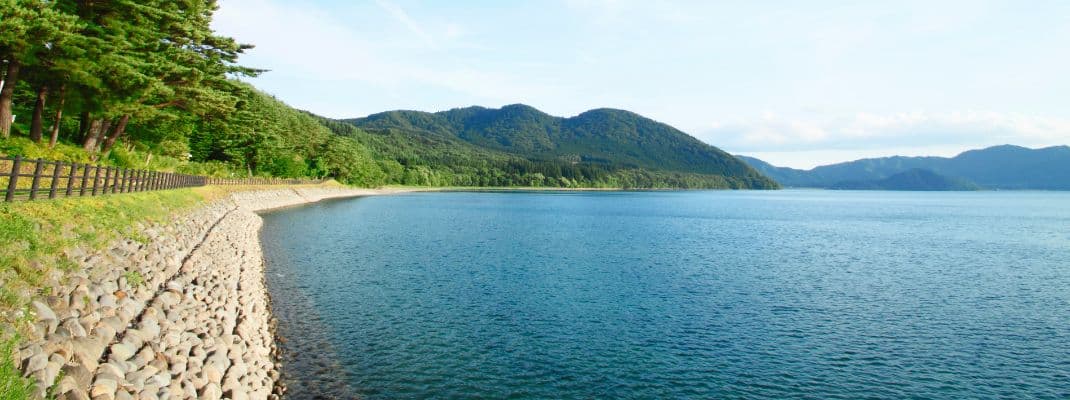
A short drive northeast of Lake Tazawa is Nyuto Onsenkyo. This is the collective name for seven hot springs located on the western slope of Mount Nyuto, Rural Area of Tohoku. Each of the seven hot springs has its own water source, so you can enjoy the different qualities of each hot spring. Tsuru-no-yu, the oldest hot spring, features thatched-roofed row houses and milky-white hot spring water. Meanwhile, Ganiba Onsen offers an open-air bath amidst the pristine virgin forest. Be sure to buy a Yumeguri book (sold only to hotel guests), which allows you to bathe in all seven union-affiliated hot springs (Tsuru-no-yu, Tae-no-yu, Ganiba, Ookama, Magoroku, Kuroyu and Kyukamura). In addition to the hot springs, local delicacies such as dishes made from locally harvested wild vegetables and mushrooms and the Akita specialty kiritanpo hotpot are also recommended.

Chokai-san
Mount Chokai, facing the Sea of Japan, is located on the border of Yamagata and Akita prefectures and is seen as a guardian deity for the people living around its base. It rises from sea level to a height of 2,236 meters and is also known as ‘Dewa Fuji’. The summit commands a panoramic view of the Shirakami Mountains, Mount Iwate, Sado Island and the Sea of Japan, and has been selected as one of the ‘100 most famous mountains’ and ‘100 most scenic spots’ in Japan.
Tsuchida Farm
Tsuchida Farm, which is on the plain that stretches north from Mount Chokai, is a scenic farm that is home to around 180 Jersey cows. Here, visitors can interact with various animals and enjoy rich, fresh soft serve ice cream and other treats. There is also a dog run where you can play with your pets and a tractor pavilion where you can take photos riding on a tractor.
Related Resource:Akita fan
Other articles to read
Navigating the Japanese Summer: Crucial Guidelines for Traveling in the Hottest Season
RV Park Landport Ajigaura, Ibaraki Japan
About the Author
Sayuri
I have been travelling by campervan to various areas all over Japan for more than 5 years. My goal is to visit all 47 prefectures in Japan! Just 12 more prefectures to go and I'll have accomplished it! I hope I can share some of information of wonderful places in Japan.
